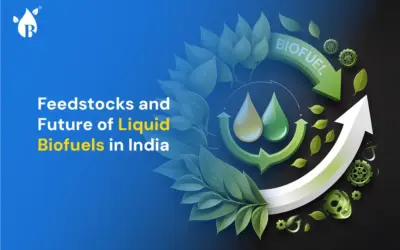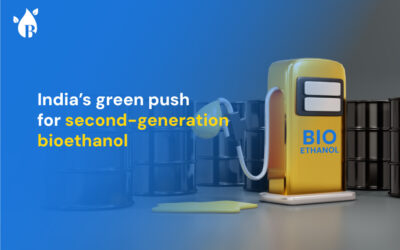
Your car can enjoy sugarcane as much as you enjoy drinking sugarcane juice.
We’re not joking. It’s already happening in Brazil. More than 90% of the cars there are sugarcane cars. It’s a common name for flexible-fuel cars that run on sugarcane-based biofuel.
What is a Flexible-Fuel Vehicle (FFV)?
A flex-fuel vehicles have internal engines that can run on petrol/diesel or 100% ethanol or a combination of fuels. In most cases, flex-fuel vehicles are designed to use E85 fuel. That is 85% ethanol and 15% your usual fuel. But they can also run on the currently available blends E10, E20 etc.
The flex fuel engines are fitted with a sensor that detects the amount of ethanol in the fuel. Accordingly, it adjusts the engine for best efficiency. Another major difference is that flex-fuel vehicles are made of ethanol-compatible parts. Ethanol is more corrosive than petrol and diesel. So the fuel tank and related components are made of materials that are resistant to ethanol’s corrosiveness.
Are Indian Vehicles Flex-Fuel?
Not yet, but research is on the way. In October 2022, India’ imported its 1st flex-fuel car from Brazil. It’s a Corolla Altis FFV-SHEV by Toyota. The vehicle is being driven in different terrains of the country to test performance. When these vehicles become open to the public, it’ll be affordable and cause much less pollution. And most importantly, it’ll cut-down the country’s crude oil imports.
Flex-Fuel Vehicles’ Impact on India’s Energy Security
Like many other countries, India is heavily dependent on crude oil imports. Currently, we are importing 82.8% of crude oil. Apart from pollution and affordability, flex-fuel vehicles will reduce dependence on crude oil imports. It’s a great value addition for India’s Atma Nirbhar plan.
It’s hard to predict exactly how much of India’s crude oil imports will be reduced. It depends on the pace of adoption of flex-fuel vehicles and availability of domestic ethanol. However, a study by the Society of Indian Automobile Manufacturers (SIAM) estimates that a 20% blend can reduce crude oil imports by 1.7 million tonnes per year. This number will increase by at least 4x for E85 compatible flex fuel vehicles.
Other Benefits of Flex-Fuel Vehicles
Cleaning and maintenance – It’s common for deposits to get accumulated in fuel lines, fuel injectors and some other parts of the engine. Ethanol contains oxygen and burns more completely leading to lesser combustion deposits.
Fuel cost – The average price of ethanol is Rs.65 which is almost 30% cheaper than regular vehicle fuel.
Lowers carbon footprint – The CO2 emissions are 22% lower for flex-fuel vehicles compared to traditional vehicles. They also emit less particulate matter and other pollutants which can improve the air quality. This will help India to meet its commitments under the Paris Agreement for climate change.
Increases income for farmers – Sugarcane bagasse is one type of raw material for ethanol. It can also be made using rice and wheat straws which are otherwise discarded/burnt as agricultural waste.
Creates domestic jobs – While we have enough raw materials to produce biofuels in India, we don’t have enough biofuel plants yet. Before flex-fuel vehicles become mainstream, ethanol plants employment opportunities will increase.
India is working towards self-reliability or Atma Nirbhar Bharat through many initiatives. One of them is promoting the use of biofuels for transportation. Flex-fuel vehicles are an important part of this initiative. It reduces our dependence on crude oil imports, increases energy security, promotes domestic agriculture and ethanol industries, and achieves green energy goals.
There are a few technological challenges we are yet to solve for the Indian landscape. But the light at the end of the route is looking bright.



